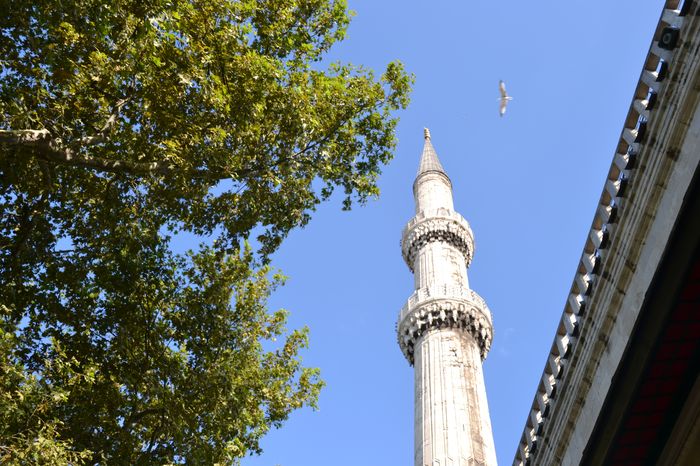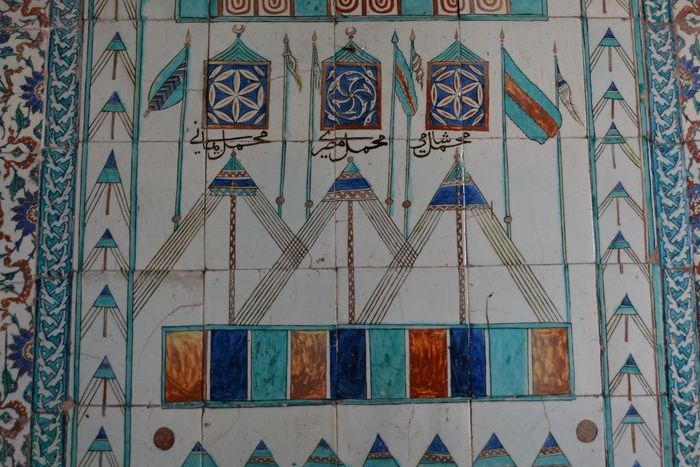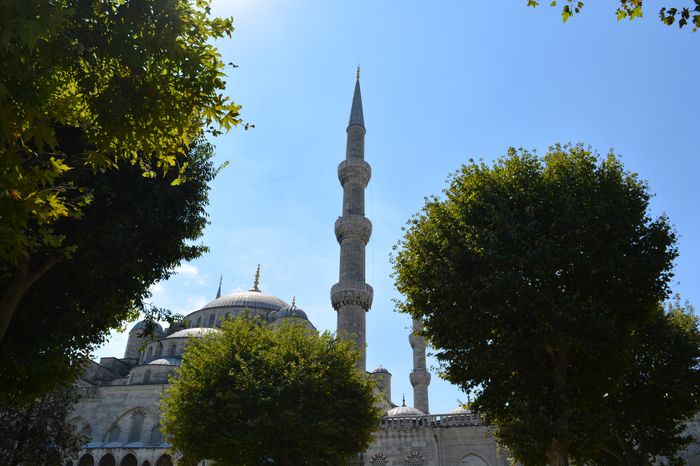Constantine postponed baptism until he was on his deathbed to assure himself of heaven without risking post-baptismal relapse. The half century that followed saw a sequence of emperors who mostly favored Christ, but who also did not do much to graft this new god onto old traditions of culture and politics.
The great exception in that line of Christ followers was the emperor Julian (ruled 361-363), whom Christians called “the Apostate” because he had been brought up in their midst but devoted himself on the throne to advancing traditional religious ideas and practices under the label of “Hellenism,” using Christianity as his template for what a good “pagan” cult might be. If anybody in the ancient world was ever a “pagan,” Julian the ex-Christian was, but he won few followers. When he died, even the traditionalists in his retinue were willing to see a Christian succeed him on the throne. That successor lasted mere months, but Valentinian I, the general from Pannonia who succeeded him in turn, was an effective and at least nominally Christian monarch. In the years afterward, clergymen competed for the emperor’s attention, eventually persuading the adolescent emperor Gratian to take his own religious professions seriously enough to reject some of the traditional garb and rituals of empire.
Brother Valentinian
Gratian and his brother Valentinian II were children when they ascended the throne, and in 378 they found themselves alone, when their uncle Valens was killed in battle at Adrianople in the botched refugee resettlement we recounted. They summoned Theodosius, a senior general officer who had distinguished himself under Valentinian, from retirement on his estates in Spain to take the title of emperor alongside them. Theodosius quickly took the lead in military and civil affairs, and when, over the next years, Gratian and Valentinian II themselves were killed in struggles with usurpers, he reigned alone till his death in 395 bulgaria destinations.
Theodosius I was a Christian, from a part of the empire where a conservative, determined, and committed Christianity had taken root. Within two years of his accession, he was actively involved in regulating Christians’ internal doctrinal differences and supervising a meeting of bishops at Constantinople designed to declare and ratify a formal theological statement of central doctrines. Constantine had tried to do the same thing at Nicaea in 325, but its position came under attack, remaining in the minority for fifty years. Constantine himself had given his own council’s solution lukewarm support at best. Athanasius, bishop of Alexandria, frequently in exile and always in conflict, fought to sustain the Nicene position, and at the council held at Constantinople in 381 his ideas prevailed; what is today recited in churches as the Nicene Creed is the product of that council.
The fundamental point of the Nicene-Athanasian-Theodosian settlement at Constantinople was outwardly straightforward: Jesus was God. A commonsense ancient view of a figure like Jesus held that he was too limited and too small to be divine, confined for years in a human body and a provincial place, working a few minor miracles, and favored by a powerful god, but no more than that. To declare him God had the merits and demerits of simplicity. The next two centuries would fight out the implications of this fundamental assertion.
Doctrinal disputes
After a decade as emperor, with doctrinal disputes put to rest, Theodosius felt he was in a position to crack down. In 391, he issued the formal imperial edict banning traditional sacrifice and religious ritual. The mandate was enforced by imperial troops, by social fear, and, here and there, by the partially approved thuggery of Christian zealots. Theodosius died in 395, and it was only in 399 that real temple busting came to Roman Africa, for example; and when it did come, it was quick and decisive. Not since Caracalla, who conferred full Roman citizenship on all free inhabitants of the empire in the early third century, had a single emperor done so much to affect so many lives, irreversibly. Ramsay MacMullen has noted the supreme confidence of the Christians at that time, leading to a nearly complete cessation of serious efforts to proselytize for their religion.26 Henceforth, Christianity was a matter of requirement, and persuasion was irrelevant. Pope Gregory’s mission to convert the English in the 590s was a surprising innovation, but it reached beyond the lands where imperial requirements could go The boundary between the human and the divine.
Theodosius I suffered from a common weakness of monarchs: love of his children. When he died in 395, he left two sons, Arcadius in Constantinople and Honorius in Ravenna, to inherit his throne. Neither was of age, neither was up to the job, but no one was ready to let them fail. Honorius was in the hands of Theodosius’s general Stilicho, and for as long as Stilicho flourished, Honorius’s regime performed respectably, but it foundered in the wake of Stilicho’s murder until, as we have seen, Aetius brought his steady hand to the high command. In Constantinople, what emerged was not a general, but a court, a corporate regime that managed civil and military affairs, with no single power behind the throne and no emperor more than an imperial front for this court, at least until Zeno and Anastasius nearly 100 years later.







